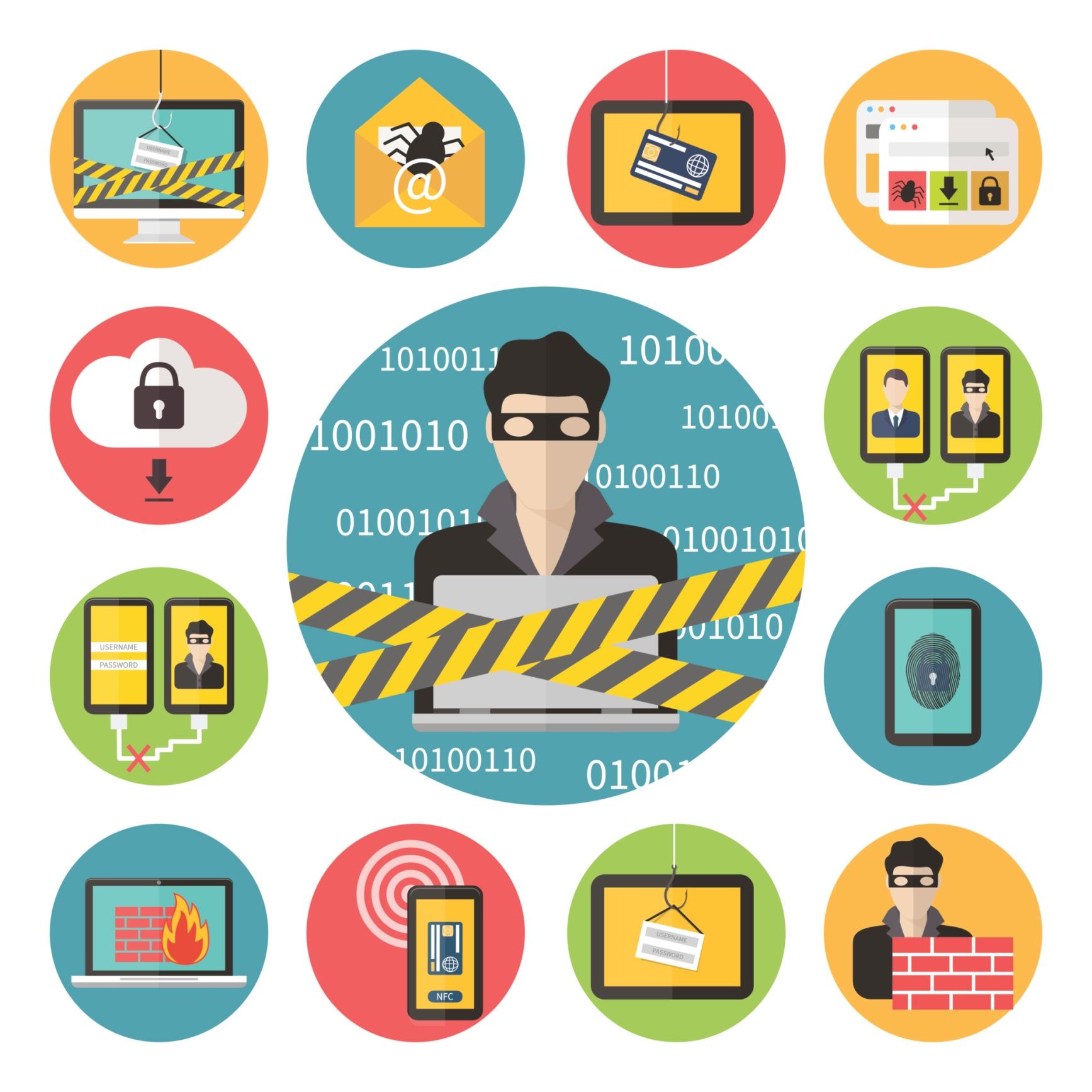 Today’s digital world, at times, seems to have the same characteristics as the Wild West; you never know from where the next attack will come. The latest blazing gun to come out of the shadows of the Internet is ransomware — malware that can lock down your computer and keyboard and hold access to anything in your network for ransom.
Today’s digital world, at times, seems to have the same characteristics as the Wild West; you never know from where the next attack will come. The latest blazing gun to come out of the shadows of the Internet is ransomware — malware that can lock down your computer and keyboard and hold access to anything in your network for ransom.
This type of chicanery goes far beyond simply locking your keyboard and computer, it encrypts your files using a private key that only the attackers have access to — until you pay them, of course. Typically found on desktops and laptops, ransomware attackers have turned their focus to smartphones in recent years. Once infected, the hacker gains control of the phone, changes the PIN number and then demands payment from the owner before they unlock the phone. Ransoms range from as little as $50 and can escalate quickly from there.
So who is getting targeted? In a recent warning, the FBI reports that hackers aren’t picky on who they attempt to infect. Recent victims include businesses, government agencies, colleges and universities, individuals and even law enforcement.
How exactly does your system or device get infected? Ransomware gets in like most other malware, through clicking on a malicious email or visiting an infected website. Another common way is if people have already infected your system through a backdoor, from which they can deliver ransomware straight to your computer without you doing a thing.
Here are a few common ways ransomware gets spread to computers:
- Drive-by download.
- Downloaded by malware already found on the computer.
- Clicking on links or opening attachments from unfamiliar or spam email.
- Downloading software from untrusted sources.
How do I protect my business’s network and computers against any type of ransomware? Sadly protecting against ransomware, and any other malware for that matter can be a full-time job. Attackers change their programs to thwart many anti-virus programs, but those anti-virus programs are still your best line of defense against ransomware.
Other ways to protect yourself against ransomware include:
- Keep your security software up to date.
- Ensure your operating system and installed software are regularly patched.
- Think before clicking on unknown links and suspicious banners.
- Be aware of websites that ask you to update software.
- Have a set time to do backups of your system on a regular basis.
So what should you do next if you’re asked to pay a ransom to gain access to your computer and files? The experts at Symantec say don’t pay the ransom, because even if you meet the attackers demands there is no guarantee they’ll unlock your files. They recommend using a free tool on their web site to regain access to your computer and files.



